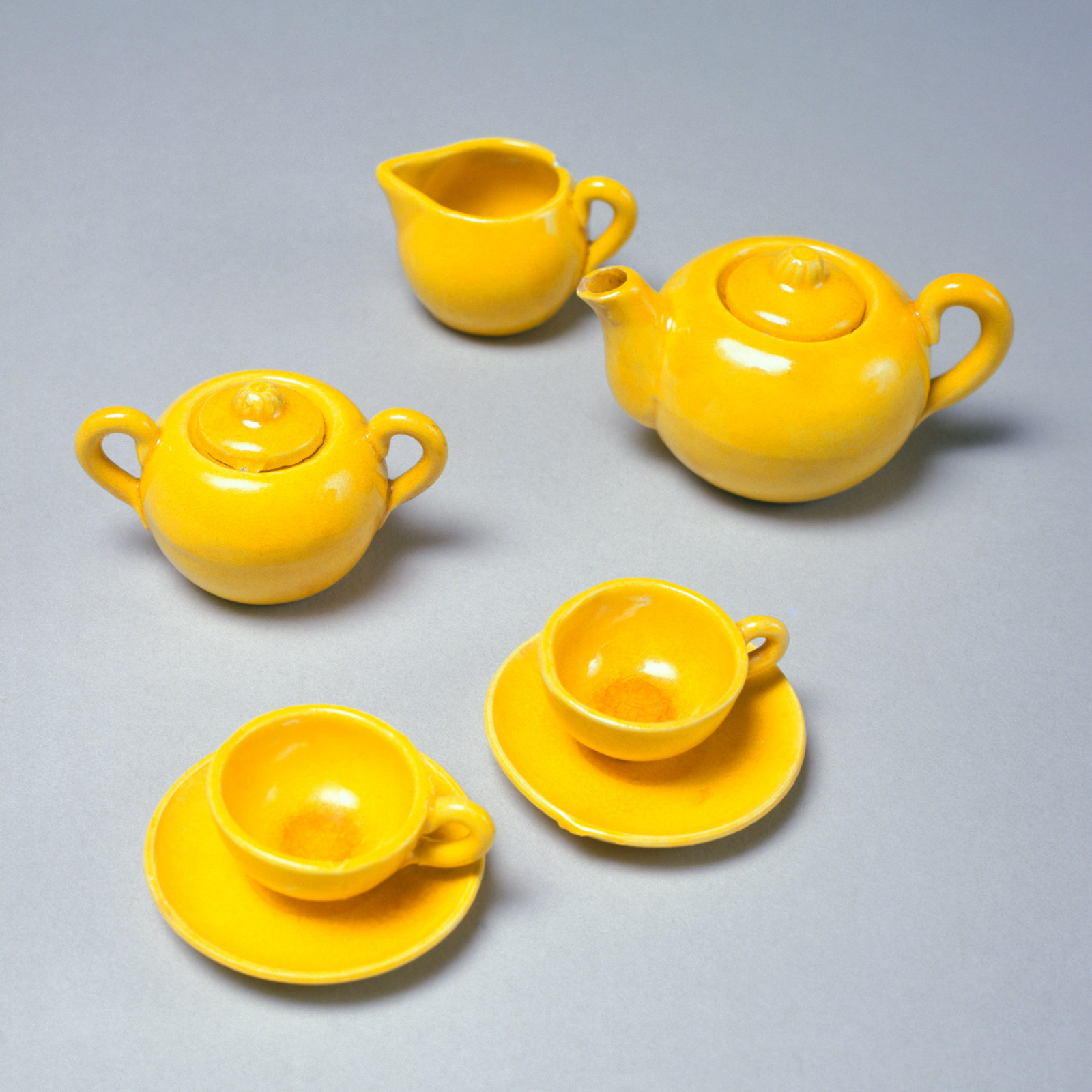Indian Army Remounts Trophy
This cup, made by Birmingham silversmiths Hilliard and Thomason in 1881, was presented to Richard Rouse (1842-1903) and his younger brother Edwin Stephen Rouse (1849-1931) in April 1882 at the New South Wales Agricultural Society’s annual show.
It was won by their English thoroughbred horse Sir Benjamin as the ‘best stallion for producing weight carrying horses for remounts’ for the Indian Army. Sir Benjamin, by Big Ben out of Lady Constance, was considered ‘one of the most handsome and useful horses ever imported to the colony’, with such potential that his portrait was published in the Australian Town and Country Journal. The Rouse brothers had bought him in 1875 for the princely sum of 710 guineas. Sir Benjamin was a successful sire, his progeny realising high prices. Although he was based at the Rouse family property Guntawang near Mudgee, he also stood for a season at Rouse Hill. The Rouse family have a long history in the horse industry, breeding and racing many a successful animal under the famous ‘Crooked R’ brand immortalised in verse by Banjo Paterson. Just days after winning this trophy Sir Benjamin was offered for sale. By 1884 he was standing at stud in New Zealand.
Related

The trophy cabinet
Trophies are symbolic objects, intended for display as evidence of achievement, especially of victory in a contest of some kind
Published on
Collection items
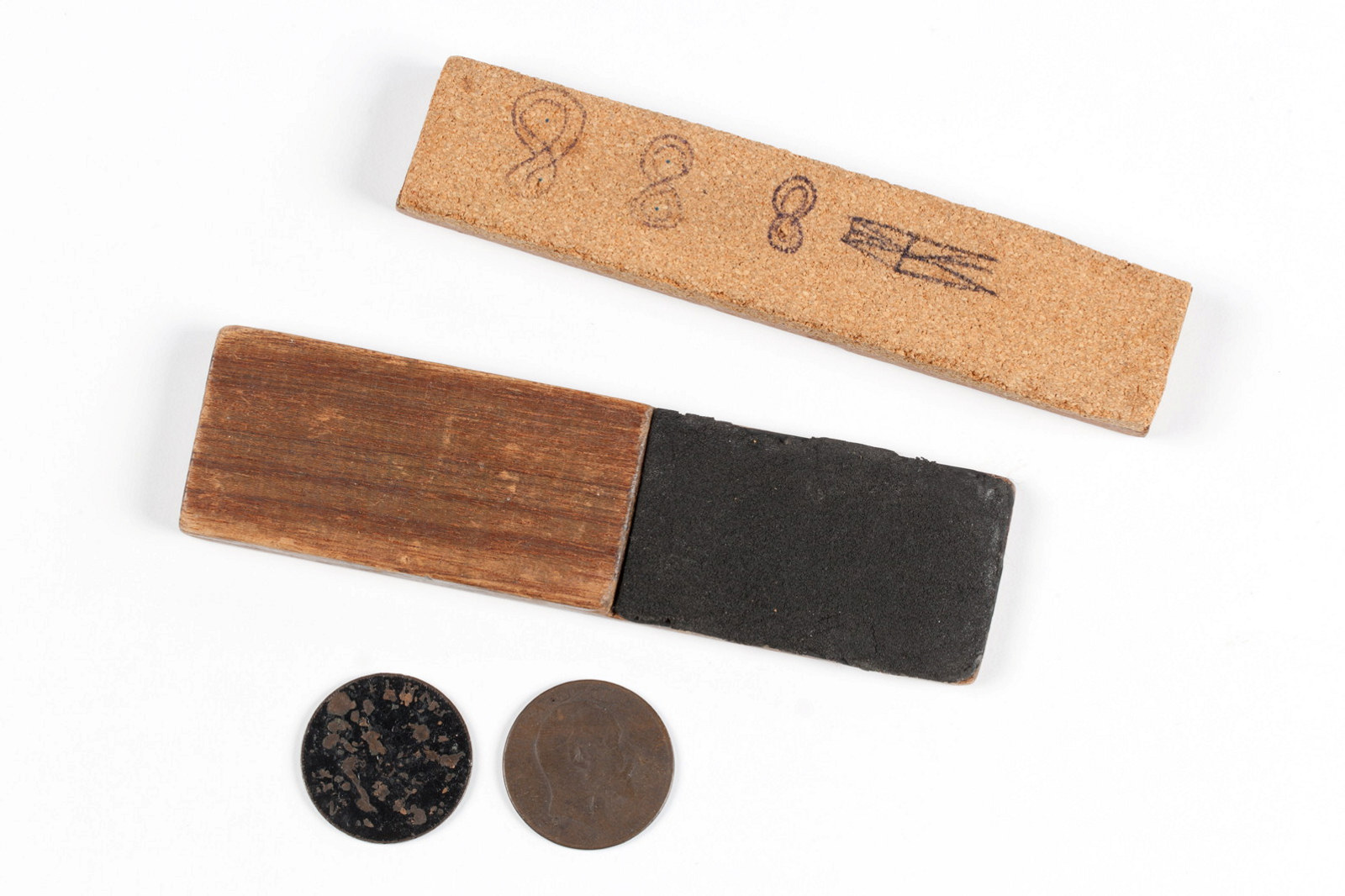
Come in spinner!
Gambling in Australia is regulated by the state and some types of gambling are illegal. The game Two-up, with its catch cry of ‘Come in Spinner!’, is legal only on Anzac Day and only in some states
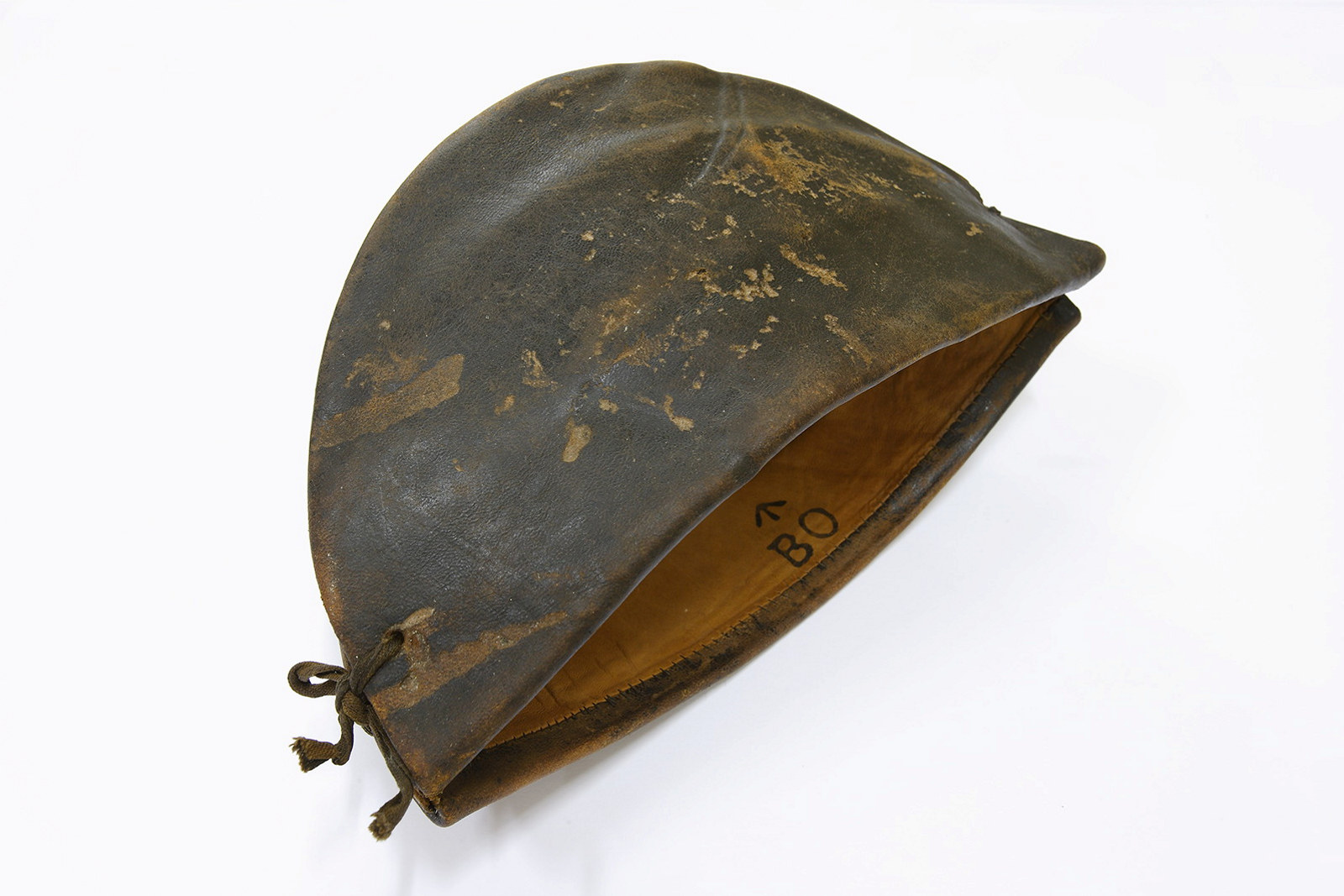
Convict Sydney
Convict cap
A hat was known as a castor or a kelp in the convict ‘flash’ slang language

The trophy cabinet
Trophies are symbolic objects, intended for display as evidence of achievement, especially of victory in a contest of some kind
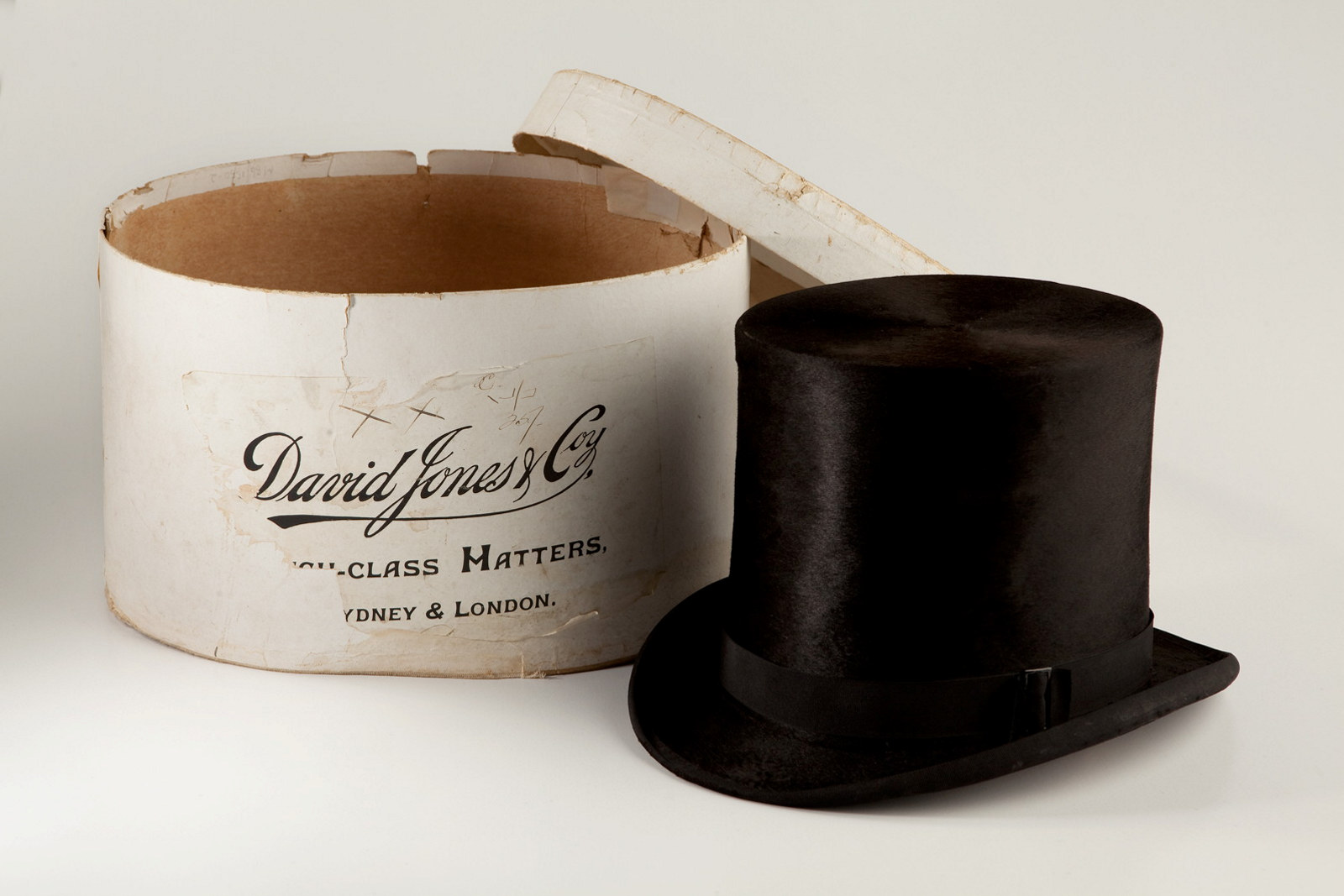
Bicornes, bonnets & boaters
There’s a variety of headwear across our collections ranging in date from early to late nineteenth century
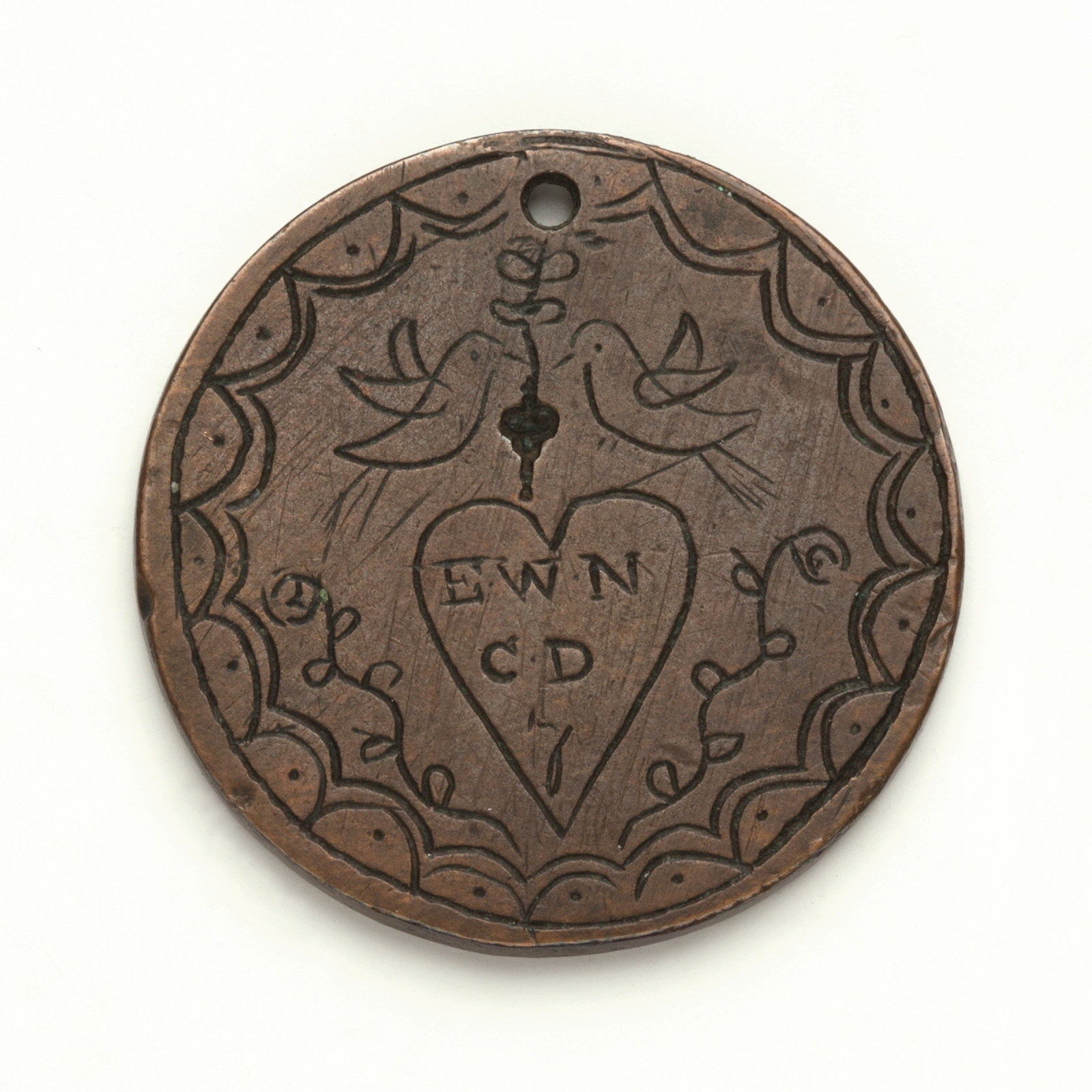
Convict Sydney
Love token, Donovan
This very detailed token was probably made by a nineteen year old called Cornelius Donovan
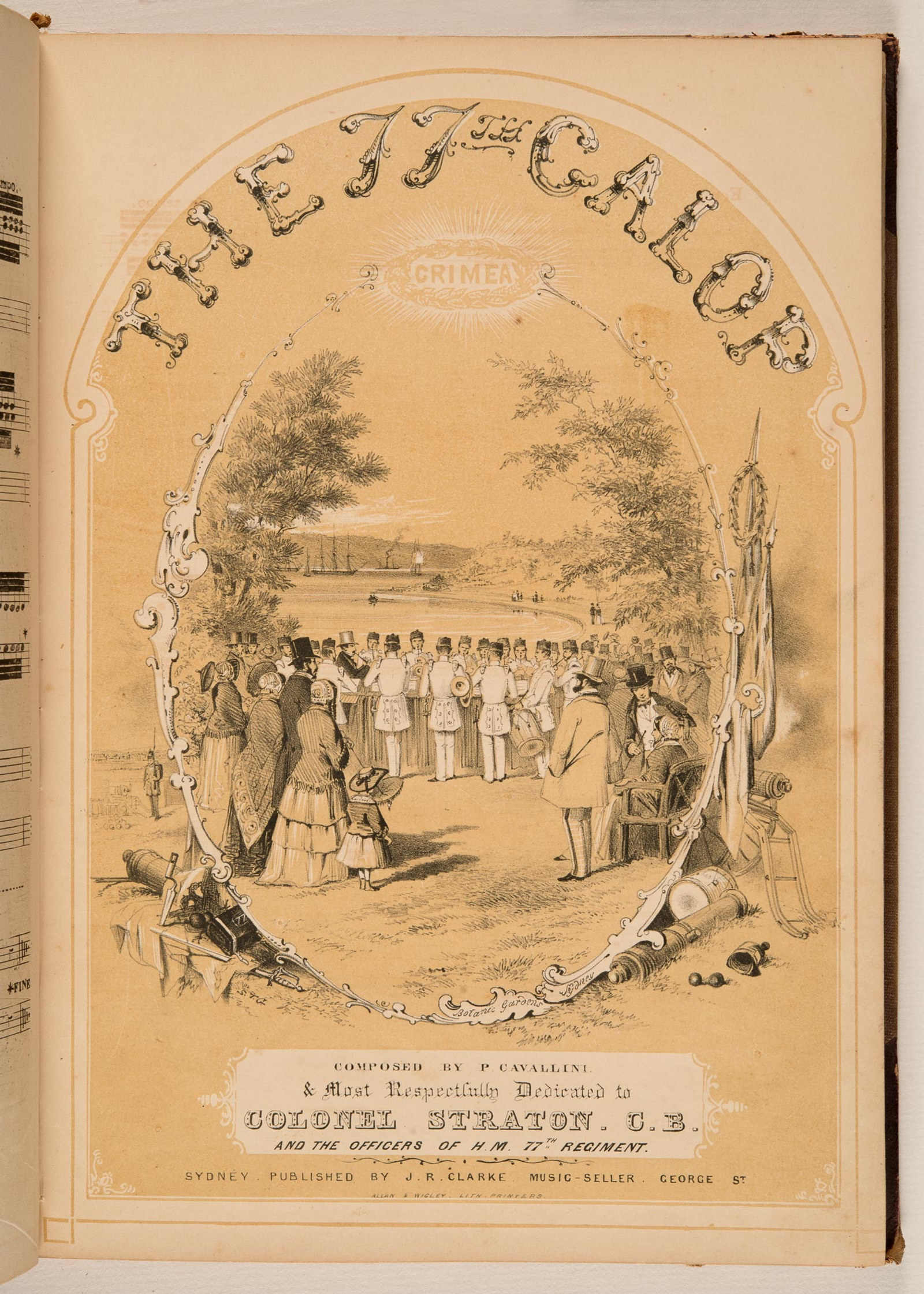
Reading the score
Since the early 1800s, Australian households have purchased sheet music to enliven their drawing room repertoire
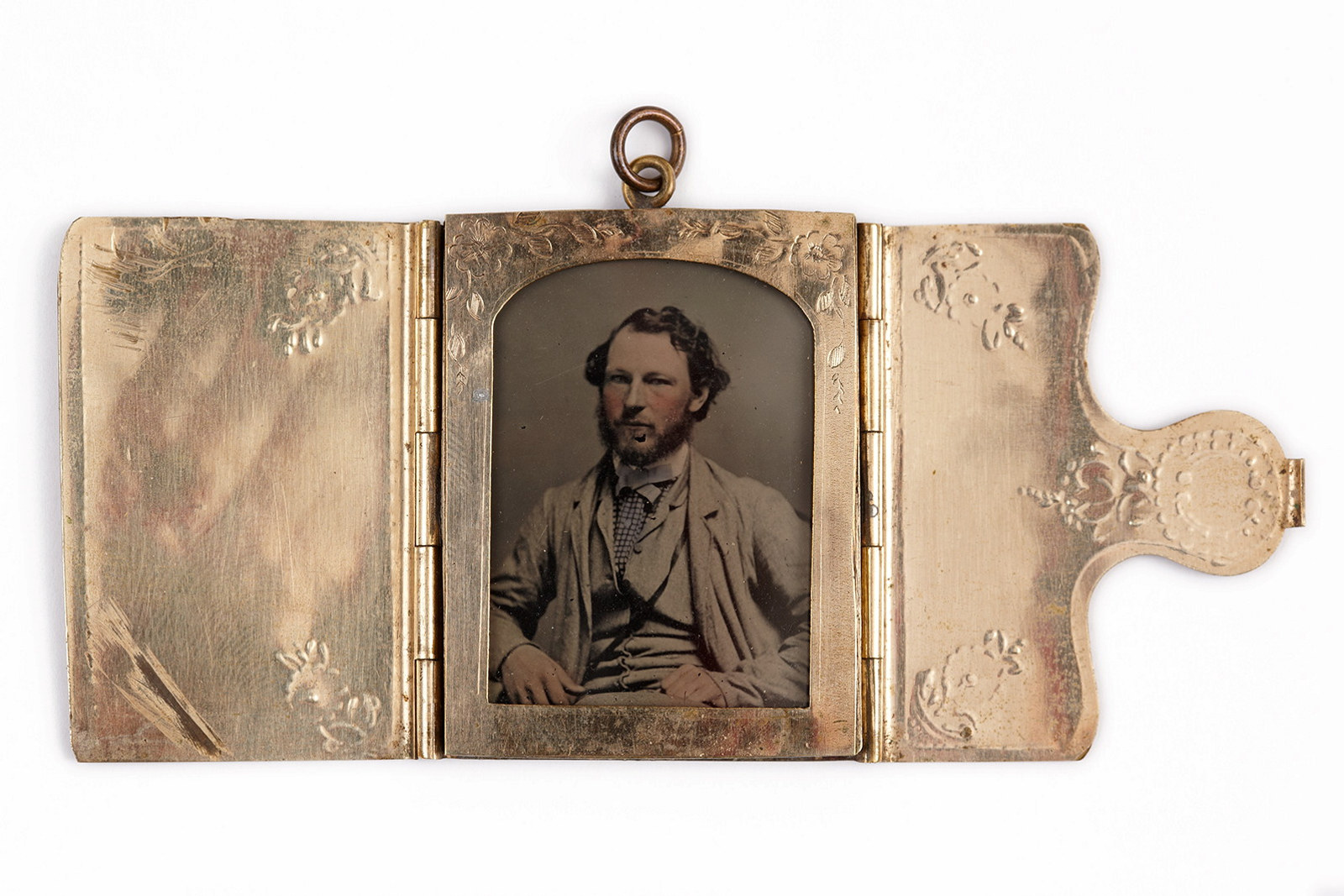
Close to the heart
Expressions of love and endearment have long been embodied in keepsakes or jewellery worn or held close to the body
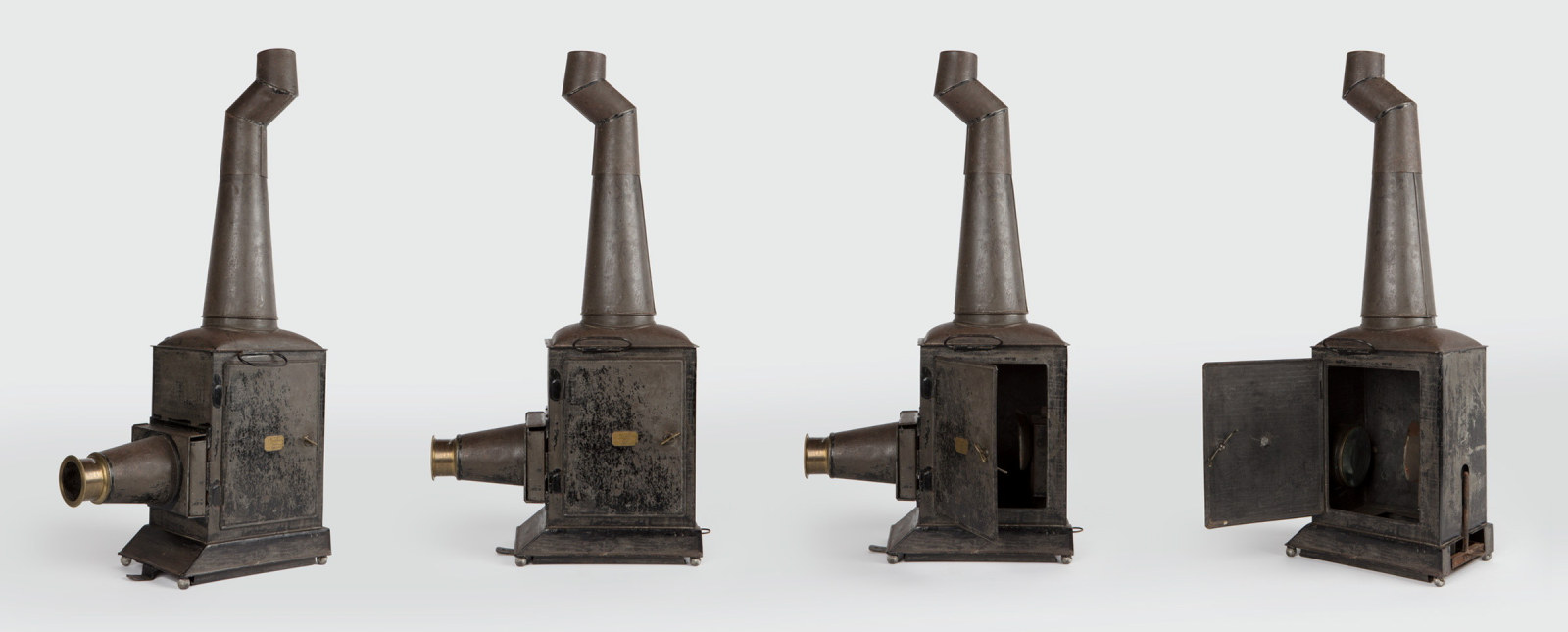
Magic lantern at Rouse Hill Estate
The Rouse Hill House magic lantern is a mid-19th century example of a form of image projector which dates back to the 17th century
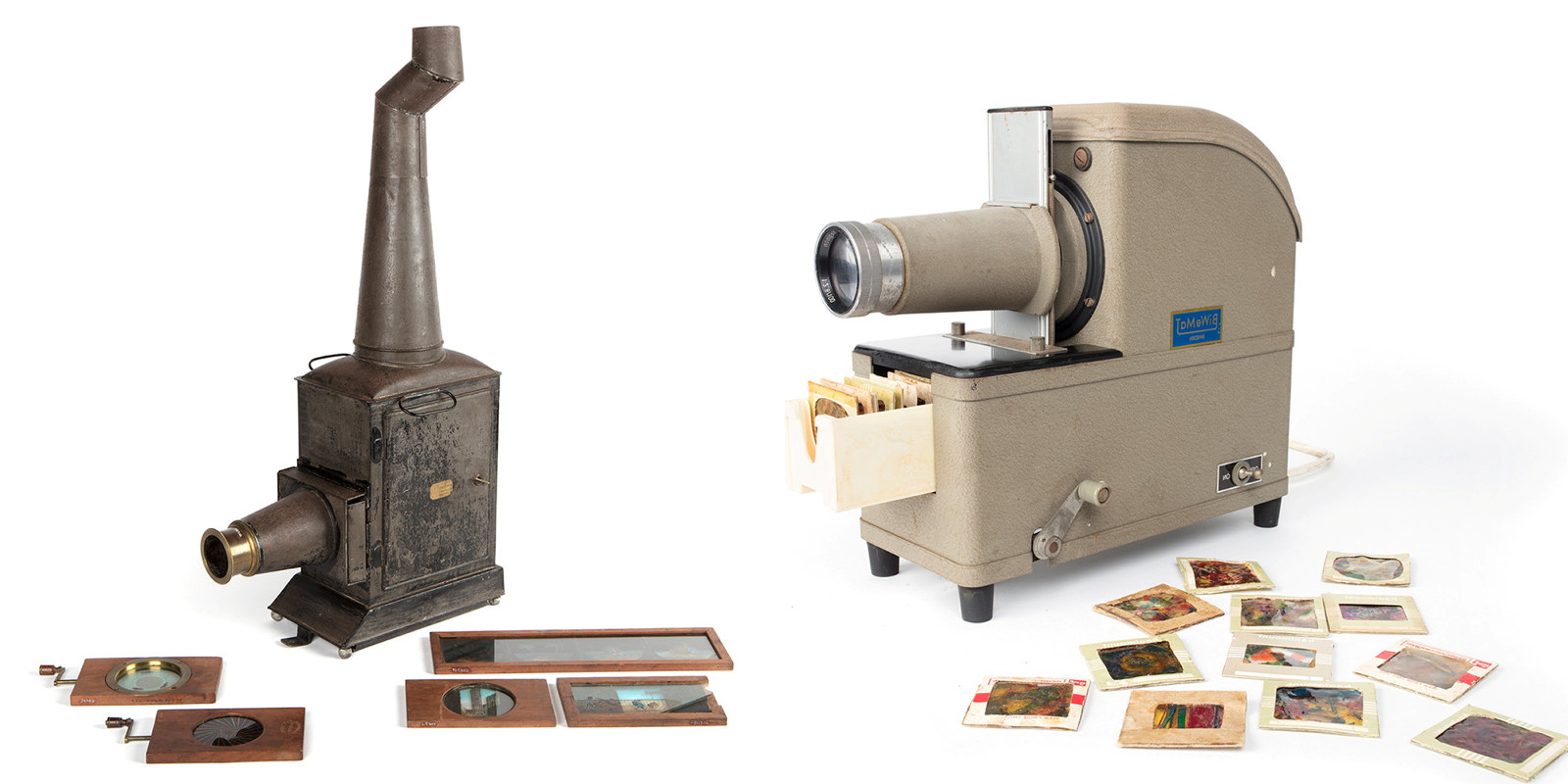
Projected across time
In the late 1960s, John Terry, then a young man living at Rouse Hill Estate, composed avant-garde music which he set to abstract projected images, and performed at various locations in Sydney
